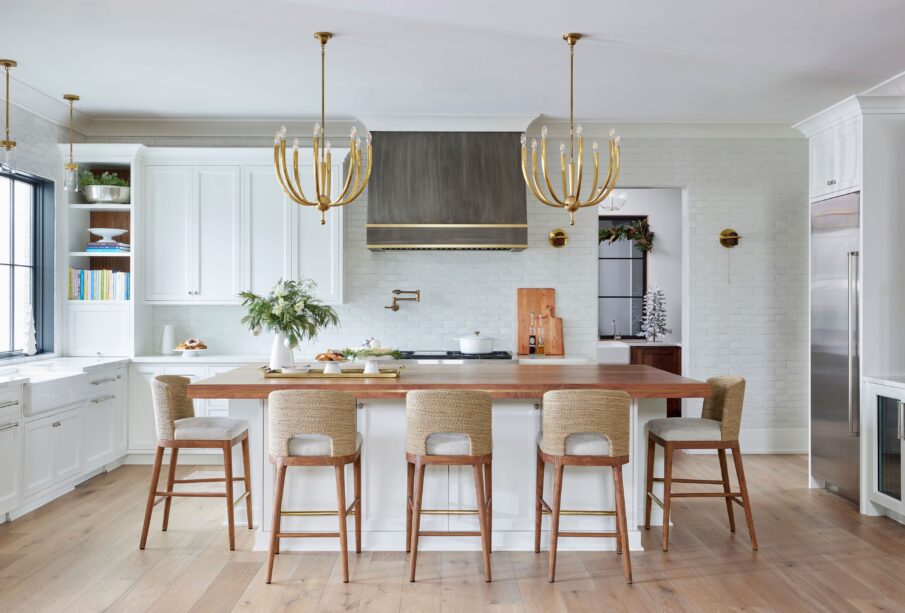Transforming Your Home with Light: The Power of Windows

The strategic use of windows in a home does more than just offer a view outside; it has the transformative power to alter a room’s ambiance, mood, and even its perceived size. Different types of windows can dramatically change how light fills a space, affecting everything from the color of walls to the texture of fabrics. This article explores the impact various window styles have on interior spaces and how they can be used to harness the power of natural light, enhancing your home’s aesthetic and energy efficiency.
The Role of Natural Light in Home Design
Natural light is a coveted element in home design for its ability to make spaces appear larger, more open, and more welcoming. It influences our perception of color, enhances mood, and even has health benefits, such as improving sleep and boosting vitamin D. Understanding how different windows affect light can help homeowners make informed decisions when designing or renovating their spaces.
Types of Windows and Their Impact on Light
- Bay and Bow Windows
- Ambiance: These windows create a panoramic view and allow light to enter from multiple directions, brightening the room and making it feel larger.
- Use: Ideal for living rooms or dining areas where the goal is to create a spacious, inviting environment.
- Skylights and Roof Windows
- Ambiance: Skylights bring in a significant amount of daylight from above, making them perfect for dark rooms or spaces where wall windows are not an option.
- Use: Best for attics, hallways, or bathrooms where natural light can transform a typically dark area.
- Picture Windows
- Ambiance: Large, unobstructed glass panes provide a clear view of the outdoors, turning the scenery into a living artwork and flooding the room with natural light.
- Use: Suitable for rooms with scenic views or where maximum light exposure is desired.
- Sliding Glass Doors and Windows
- Ambiance: These offer a seamless transition between indoor and outdoor spaces, allowing ample light to enter and brightening up any room.
- Use: Great for kitchens, living rooms, or bedrooms that open to a patio or garden.
- Casement Windows
- Ambiance: Casement windows, which open outward, can be positioned to direct breezes into the home. Their design allows for varying levels of light and air control.
- Use: Ideal for any room where you want to control ventilation and natural light, such as kitchens or bedrooms.
Maximizing Light with Window Placement and Treatment
Orientation Matters: The direction your windows face can affect the quality and quantity of light. South-facing windows capture the most light, especially in winter, making them ideal for passive solar heating. North-facing windows provide consistent, natural light with minimal glare.
Window Treatments: The right window treatments can enhance natural light. Sheer curtains or translucent shades allow light in while providing privacy. For rooms that get a lot of suns, adjustable blinds or shades can help manage light intensity and heat.
Enhancing Ambiance with Reflective Surfaces
Incorporating reflective surfaces like mirrors, glossy floors, or light-colored walls can amplify the effect of natural light, making it bounce around the room and illuminating darker corners.
The Energy Efficiency Bonus
Beyond aesthetics, windows that maximize natural light can also contribute to a home’s energy efficiency. By reducing the need for artificial lighting during the day and, in some cases, providing passive solar heating, the right windows can lower energy costs.
Windows are powerful tools in home design, capable of transforming the ambiance of a room through the manipulation of natural light. By carefully selecting the type and placement of windows, homeowners can enhance the beauty, mood, and energy efficiency of their living spaces. Whether you’re building a new home or renovating an existing one, consider how the power of windows can be harnessed to transform your home with light.










